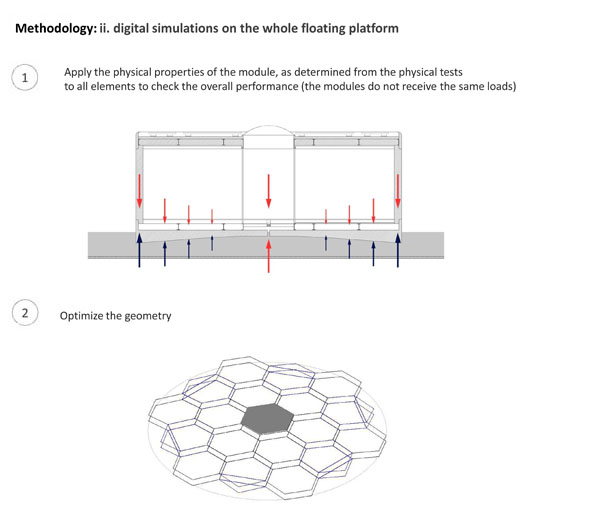More specifically, the research will be organized as following:
By this stage the questions that need to be answered are summarized as such:
Core
PET bottles:
o Grams of dry ice needed
o Compressive strength of the carbonated bottled containing the dry ice
o Packing method (vacuum membrane, band, adhesive?)
o Should the void space between the bottles be filled?
o Relation/Connection with the FRP layer
PET Foam:
o Is the lowest-density version of this foam material (80kg/m3) suitable?
o Relationship with the exterior FRP layer (needs protection? Infusion holes in foam?)
o Relationship with the bottles’ caps- should a sheet layer be placed in between?
Then the second phase contains the core with the surrounding FRP layer:
Issues to be determined by this stage:
FRP layer
Resin:
o Resin to be used (in terms of strength, sustainability-recycling, durability)
o Total thickness of the material
o Volume shrinkage? Absorption from
Fiber reinforcement:
o Fiber reinforcement to be used (in terms of strength, sustainability-recycling)
o Type of fabric
o Volume percentage of reinforcement
o Direction of reinforcement
Gelcoat:
o Is it necessary?
o If so, what kind of gelcoating should be applied
Floating Component
o Compressive and bending strength
o Total mass. How can the optimum strength-mass ratio be achieved?
o How is the highest part (more foam) behaving in comparison with the lowest
Both for the physical tests and the digital simulations a list of criteria will be made, for the assessment of the different alternatives.



No comments:
Post a Comment